The share of first-time home buyers continues to rise, according to recent figures from the Urban Institute’s Housing Finance Policy Center.
The May Chartbook reports 47.1 percent of all GSE purchase loans were first-time buyers in February, while a whopping 82 percent of FHA loans came from first-timers. When combined about 60 percent of all purchase loans for February were from first-time buyers, just below the 2009 peak of 63 percent.
For the first time in 10 years, the creation of new owner households outpaced new renter households.
The Chartbook attributed the rise to an “improving economy, falling unemployment and rising household formation and income.” An increase in new home construction, particularly that of smaller, less expensive homes, has also helped spur first-time buyer growth.
“Data suggests that home builders are not only building more homes, but are also more inclined to build smaller, less expensive homes, which are more likely than larger homes to meet the limited budgets of first-time homebuyers,” according to the Chartbook.
But while first-time buyers are more common than in years past, they’re also less creditworthy, according to the Chartbook. The average credit score of a first-time GSE borrower is 739.7 and for an FHA loan, it’s 676.9. The worsened credit, coupled with lighter FHA credit availability, could mean many prospective homebuyers are getting shut out of the market.
“Recent trends in household formation and construction activity are no doubt very positive developments, especially if sustained into the future,” the Chartbook reported. “But if we are to bring more first time home buyers into the market, credit availability will need to do its part as well.”
Other highlights of the May Chartbook showed that originator profitability is down, hitting its lowest point since 2016, and that serious delinquencies are on the decline. Only 1.37 percent of loans were 90 or more day delinquent for the quarter.
Local statistics
According to Mid Indiana Board of Realtors, Madison County saw listings down 2.8 percent though other figures showed increases. Closed sales were up 11 percent, median sales prices were up 2.9 percent at $87,501, the average sales price was up 3.3 percent at $100,116 and the percent of original list price received at sale was 91.5 percent, an increase of 2.6 percent.
Sales still appear to be brisk in Madison County; however, the demand is greater than the supply of listings. This could have an effect on sales in months to come if listings don’t increase.
As long as interest rates and the local unemployment rate remain low, Madison County can expect the local real estate market to remain steady.
Stephen Horn chairs the Madison County Division of Mid Indiana Board of Realtors. His column is published the second Sunday of the month.
